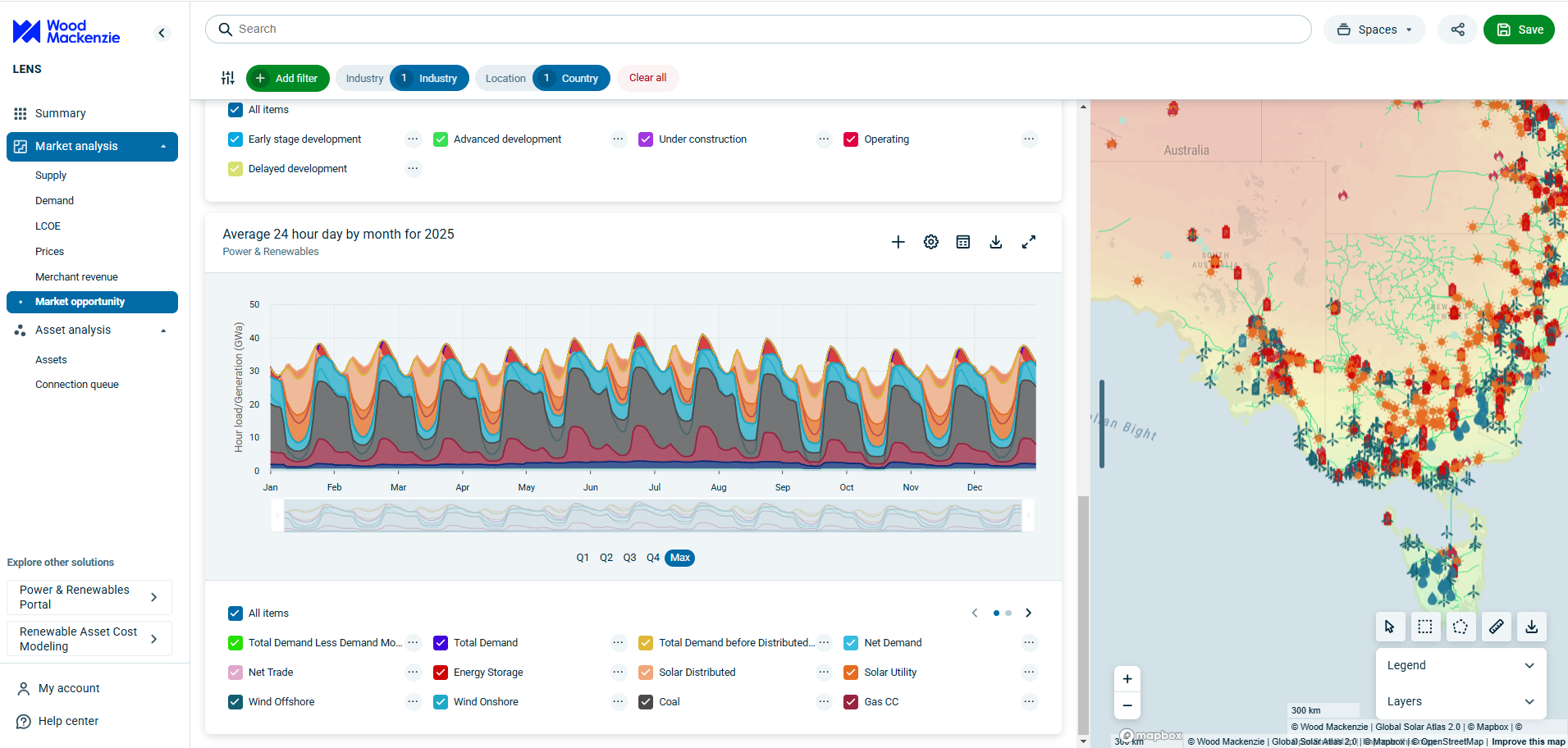Get in touch
-
Mark Thomtonmark.thomton@woodmac.com
+1 630 881 6885 -
Hla Myat Monhla.myatmon@woodmac.com
+65 8533 8860 -
Chris Bobachris.boba@woodmac.com
+44 7408 841129 -
BIG PartnershipWoodMac@BigPartnership.co.uk
UK-based PR agency
China's steel industry at critical crossroads of overcapacity and green transition
Sector faces 250 Mt overcapacity by 2035, Wood Mackenzie reports
2 minute read
The China steel sector is currently dealing with an overcapacity of more than 50 million tonnes (Mt), a figure that is projected to rise to 250 Mt over the next decade, according to a new report by Wood Mackenzie.
The report ‘China steel in its post-peak era’ highlights significant shifts in steel demand dynamics within China:
- Construction's share of steel demand will decline from its peak of 60% to 48% over the next decade. Housing's share of steel demand is expected to decrease from 40% in 2020 to 23% in the long-term.
- Energy transition sectors, including wind energy, solar energy, and electric vehicles, are projected to account for 10% of steel demand by 2030
“The next cycle of steel demand will be driven by electrification, energy transition, and artificial intelligence – all of which require significantly less steel,” said Ti Guo, managing consultant, iron ore and steel cost research at Wood Mackenzie. “We expect global steel demand in 2050 to settle at about two-thirds of the peak 2020 demand.”
China steel demand forecast  Source: Wood Mackenzie, WSA
Source: Wood Mackenzie, WSA
The struggles in turning green steel into a reality
The transition to greener steel production presents a significant challenge for China due to the sector's giant, young, and fragmented blast furnaces. With 200 firms, 360 mills, and an average furnace age of just 12 years, the country's steel sector emits 2.2 gigatons of carbon annually. Out of more than 250 green steel projects announced worldwide, only 15% are concentrated in China.
“Scrap-based electric arc furnaces (EAFs) will be crucial in addressing China's carbon problem," Isha Chaudhary, global head of steel, raw materials and alloys markets at Wood Mackenzie addressed. “However, progress has been slow, with EAF production stagnating at 9-10% over the past five years.”
Wood Mackenzie forecasts that EAF production in China will reach 18% by 2035 and 32% by 2050, driven by improving scrap supply and the implementation of carbon pricing. At the current levels, a carbon price of US$60/t will help bridge the cost differential between EAF steel and BOF (Basic Oxygen Furnace) steel in China.
China's steel industry at a critical crossroads
A crucial decision lies ahead for the country’s steel industry, as three-quarters of blast furnace capacity will reach mid-life by 2030. Steelmakers and policymakers must choose whether to relining existing blast furnaces—which would lock in emissions for the next two decades—or transition to EAFs at a higher cost but with significantly lower emissions.
“The economics of this decision are complex,” explained Chaudhary. “Our analysis shows that carbon prices would need to double in China for economic parity between blast furnace relining and EAF replacement.”
According to Wood Mackenzie’s base case, carbon costs will rise to US$80 per tonne by 2050 and average at US$45 per tonne during 2035-2050.
Wood Mackenzie also expects significant restructuring and consolidation in the sector. The top 10 steel firms currently account for 44% of China's steel production, well below the government's consolidation target of 60% by 2025.
“The coming years will be crucial for China's steel industry,” concluded Chaudhary. “How it addresses overcapacity, decarbonisation, and shifting demand patterns will have far-reaching implications for the global steel market and climate goals.”





